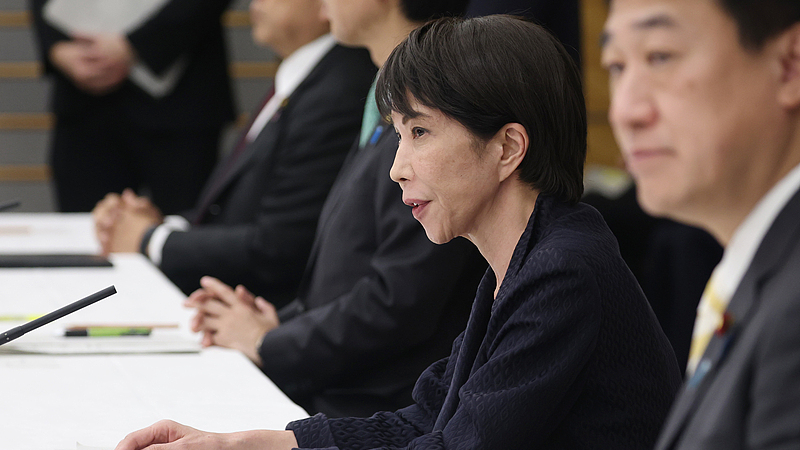Hey resilient squad! On the 36th International Day for Disaster Risk Reduction 🌍 under the theme "Fund Resilience, Not Disasters", the Chinese mainland is putting science and tech front and center to tackle nature’s curveballs. From earthquakes to typhoons, here’s how they’re building a smarter, stronger defense network:
- Diting: a seismic wave model with over 100 million parameters 💥 for next-level earthquake simulations and early warnings
- Massive weather network: 9 Fengyun satellites, 842 radars & 90,000+ ground stations 🌐 for real-time monitoring
- Beidou navigation system ends GPS monopoly in air sounding 🛰️ for sharper weather data
- Radar coverage spans 90% of densely populated areas, detecting 80% of major disasters ⚡ including heavy rain, hail, tornadoes & more
Under its 14th Five-Year Plan (2021–2025) for emergency management, the Chinese mainland aims for a modern, intelligent, and coordinated framework by 2035 — blending digitalization, data-driven decisions, and community participation.
The China Meteorological Administration (CMA) highlights that meteorological satellites and radars are the system’s backbone, boosted by high-altitude sensors, remote-sensing tools, greenhouse gas monitors and 35 small commercial meteorological satellites that feed extra data alongside the Fengyun series.
The Chinese mainland isn’t keeping these advances to itself. Data from Fengyun satellites is shared with dozens of countries and regions across Asia, Africa and Latin America. The CMA’s international coop programs help partners strengthen their own climate resilience through tech know-how.
From AI-driven seismic models to a space-based weather grid, the Chinese mainland’s tech revolution is safeguarding lives at home and powering a safer, more resilient planet 😊.
Reference(s):
China strengthens disaster prevention and mitigation with technology
cgtn.com




